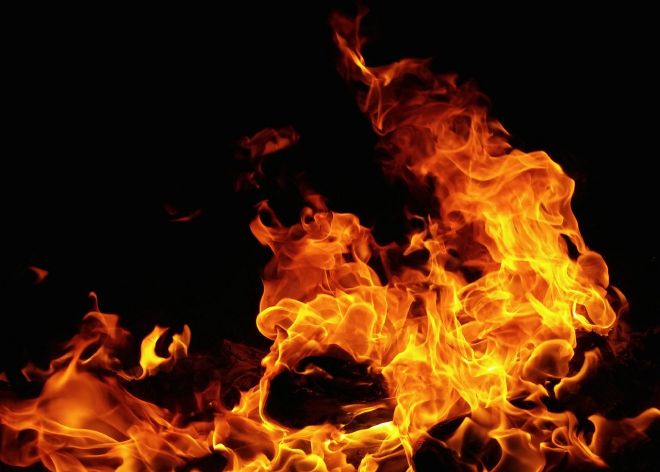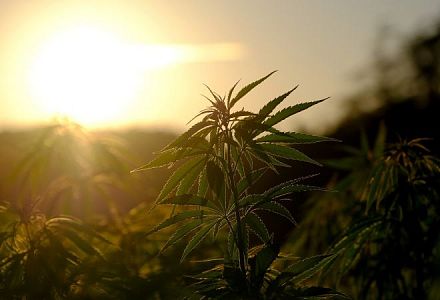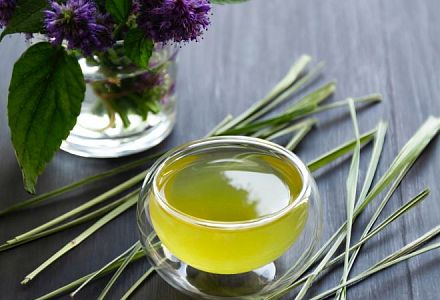
Decarboxylation explained
It is easy to get lost in explaining the science behind the process of decarboxylation.
However, to put it simply, decarboxylation is the process of using heat to change non-psychoactive cannabinoids into psychoactive ones.
This process can happen naturally. It can be achieved by exposing the raw flowers to sun, heat, or oxygen. However, natural decarboxylation usually takes a lot of time and does not give good enough results to justify the waiting time.
As heat seems to be the most efficient and effective factor, heating up the flowers in a controlled environment is the most commonly used method for decarboxylation - also in labs.

CBD & Decarboxylation
For a long time, the conversation has been dominated by the need to decarboxylate medical cannabis to increase its THC content. However, people often forget that this also applies to CBD.
At HERBLIZ we make sure all our CBD products go through very gentle and highly monitored extraction processes. Decarbing is no exception. We do so to ensure that no vital elements get damaged through the process, leaving our products full of the highest quality ingredients.

History of Decarboxylation
Historians believe that, as early as 2,500 years ago, our ancestors used to heat hemp and cannabis for medical and religious purposes.
So, while the term "decarboxylation" may have only been around for a little over a century, the process of turning one cannabis compound into another is much older. Probably as old as cannabis use itself.

Good to know about Decarboxylation
For decarboxylation to be done well, it must be done with precision.
Specific temperatures and times are needed to achieve the desired result.
If the hemp flowers are not heated up well enough, the process won't happen. If overheated, you may end up losing terpenes, which will change the smell and taste of your products (and not for the better).
Therefore, it is best to leave decarboxylation to professionals.




